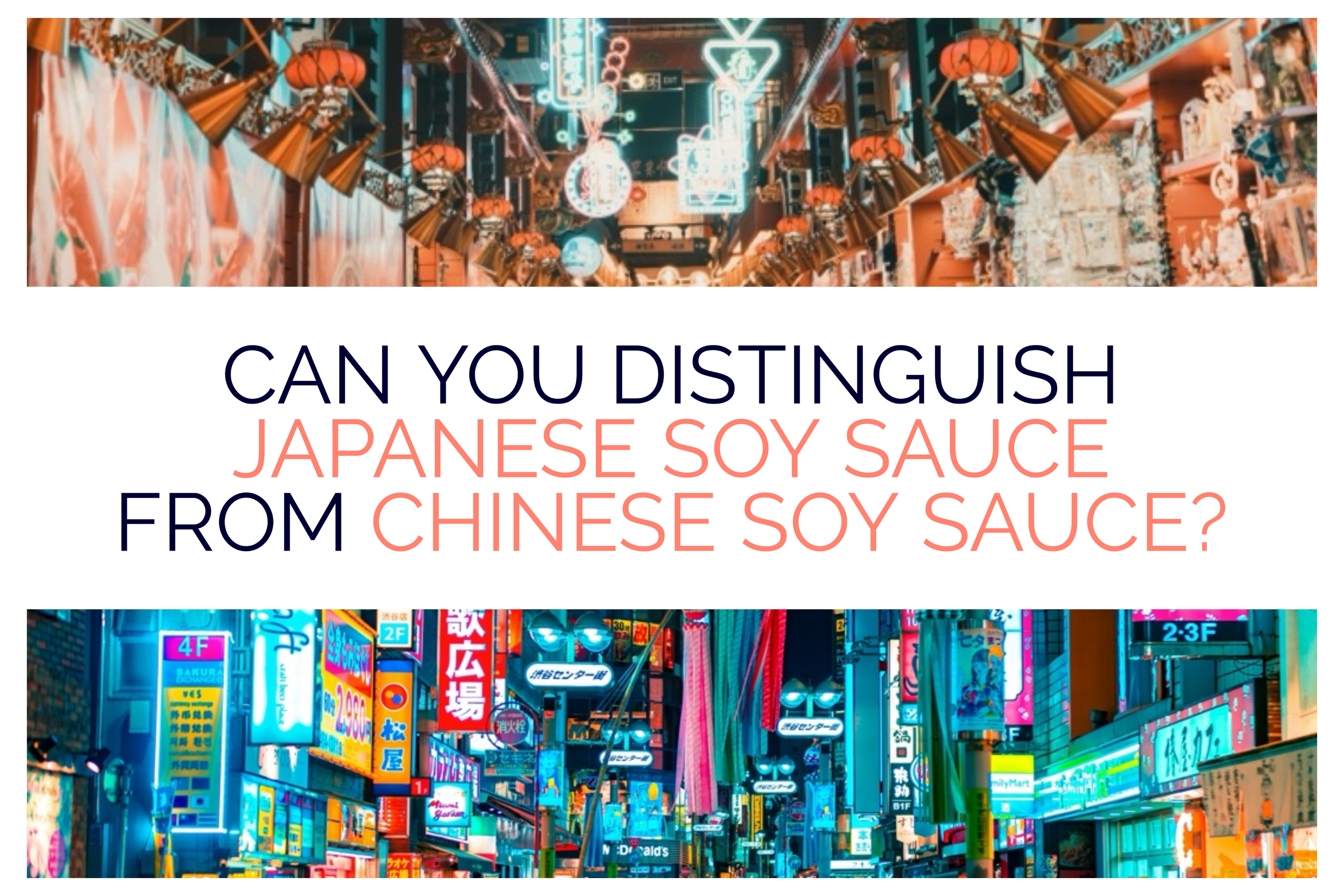Home
›
Discover the Japanese Terroir
›
Can you distinguish Japanese soy sauce from Chinese soy sauce ?

Can you distinguish Japanese soy sauce from Chinese soy sauce ?
The origins of soy sauce can be traced back to China, where it was first documented in the Han Dynasty. Chinese soy sauce, known as jiang you, is brewed predominantly with soybeans, although nowadays, the addition of wheat during the fermentation process is becoming more common. Chinese soy sauce boasts a darker hue and a saltier taste compared to Japanese soy sauce. There are two main types: light soy sauce, which is lighter in color and saltier, and dark soy sauce, which has a thicker consistency and a slightly sweet, molasses-like flavor.
In contrast, shoyu, the Japanese soy sauce, achieves its distinctive taste by combining soybeans and wheat. The wheat starch contributes a characteristic sweetness and a more rounded flavor. There are multiple types of Japanese soy sauce which can be differentiated by the ratio of soy to wheat used in the recipe and the fermentation time. The 3 main types are :
- Koikuchi, or dark soy sauce, is the most common type of Japanese soy sauce, constituting about 80% of the domestic production. It is made of equal parts soybean and wheat, giving it a well rounded taste suitable for both dipping and cooking.
- Usukuchi, or light soy sauce, is lighter in color and saltier than koikuchi. It is made with a higher proportion of wheat than soybean. It is often used in Kansai cuisine, allowing for seasoning without darkening the color of dishes. It is ideal for soup bases, omelettes and sautés.
- Tamari, or thick soy sauce, has a higher soybean content and little to no wheat. It tends to be thicker, richer, and has a more full-bodied flavor. It has the highest umami content in the soy sauce family making it great as a dipping sauce for sashimi or as a finishing sauce on grilled meats and roasted vegetables.
Discover the unparalleled quality of our traditionally made Japanese soy sauce, meticulously crafted by Daikou Shoyu, a multi-generational family with a legacy spanning back to 1852.
Share